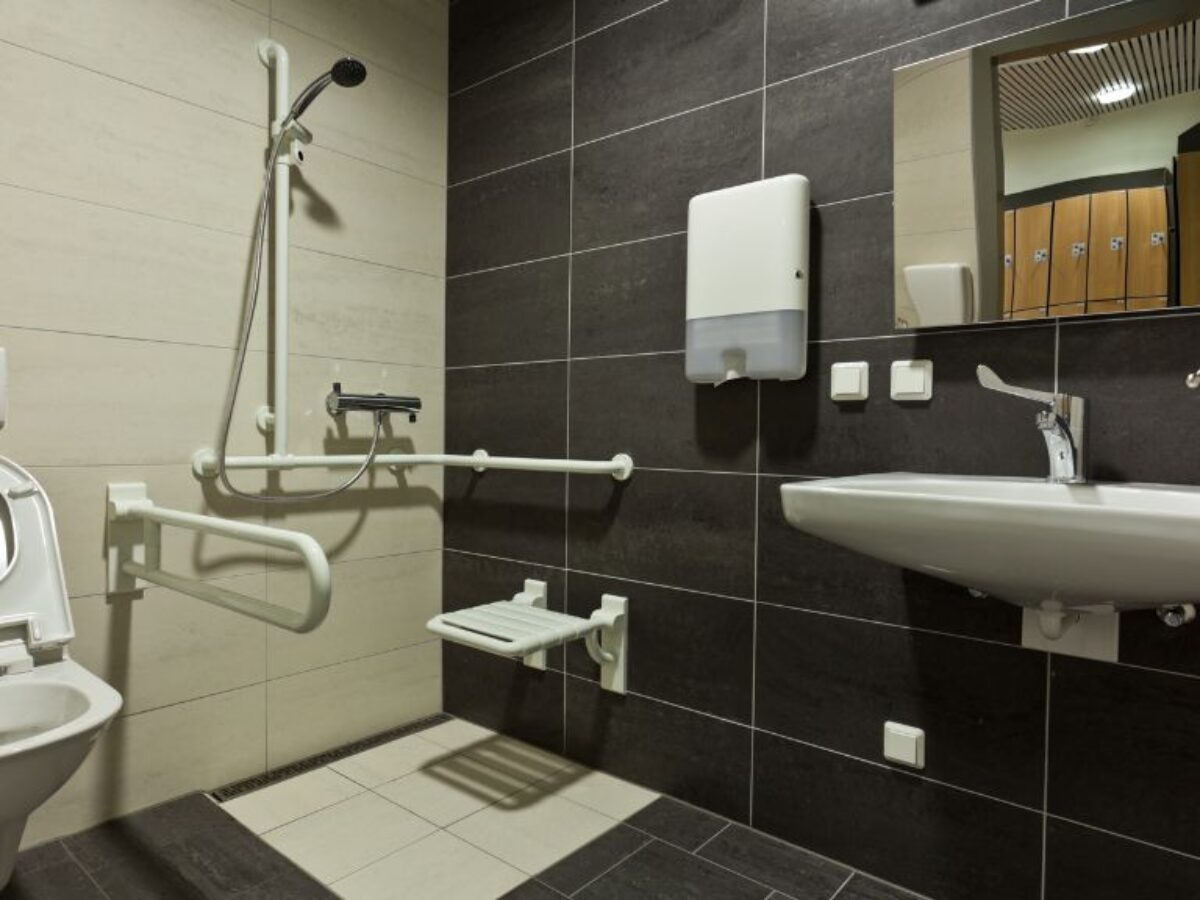The Americans with Disabilities Act (ADA) represents a significant step forward in promoting accessibility and inclusion for individuals with disabilities. Among its many provisions, the requirements for accessible bathrooms are crucial in creating spaces that accommodate all users. This article outlines the key learn about ada restroom requirements here requirements and their importance in fostering an inclusive environment.
Importance of ADA Bathroom Requirements
Accessible bathrooms are essential for ensuring that individuals with disabilities can navigate public spaces with dignity and ease. Compliance with ADA regulations not only meets legal standards but also enhances the overall experience for everyone. Well-designed accessible restrooms reflect a commitment to inclusivity and respect for all patrons.

Key Requirements for ADA-Compliant Bathrooms
- Accessible Stalls: At least one toilet stall in every public restroom must be accessible. The stall should be a minimum of 60 inches wide and at least 56 inches deep for wall-mounted toilets, or 59 inches deep for floor-mounted toilets. The door must swing outward or be equipped with a self-closing mechanism to facilitate easy access.
- Toilet Specifications: The toilet seat must be positioned between 17 and 19 inches above the floor. This height is essential for individuals using wheelchairs or other mobility aids, making transfers easier.
- Grab Bars: Grab bars provide necessary support and stability. They should be installed on the side and rear walls of the accessible stall, mounted between 33 and 36 inches above the floor, and capable of supporting at least 250 pounds.
- Sink Accessibility: Sinks in accessible bathrooms should be set at a maximum height of 34 inches. There should be sufficient knee clearance underneath to accommodate wheelchair users. Additionally, faucets must be operable with one hand, without requiring tight grasping or twisting.
- Mirror Placement: Mirrors should be mounted so that the bottom edge is no higher than 40 inches from the floor, ensuring visibility for individuals using wheelchairs.
- Doorway Dimensions: The entrance to an accessible restroom must have a minimum clear width of 32 inches. Hallways and paths leading to the restroom should be free of obstacles to ensure smooth access.
- Signage: Proper signage is crucial for guiding users to accessible restrooms. Signs should include the International Symbol of Accessibility and be placed at an appropriate height (48 to 60 inches from the floor). Braille should also be incorporated for individuals with visual impairments.
Compliance and Best Practices
To maintain compliance with ADA bathroom requirements, regular evaluations of restroom facilities are necessary. This includes not only adherence to technical specifications but also considering the overall user experience. Training staff to assist individuals with disabilities can enhance accessibility and ensure that all patrons feel welcome.
Conclusion
ADA bathroom requirements are vital for creating inclusive public spaces that accommodate the needs of all individuals. By understanding and implementing these guidelines, businesses and facilities demonstrate their commitment to accessibility and respect for all patrons. Ensuring that bathrooms are compliant with ADA standards is not just a legal obligation; it’s an essential part of building a more equitable society where everyone can access services comfortably and independently. Prioritizing accessible bathroom design contributes to a community that values inclusivity and accessibility for all.